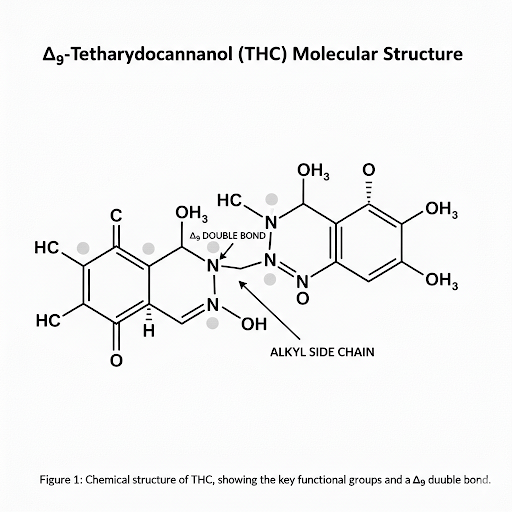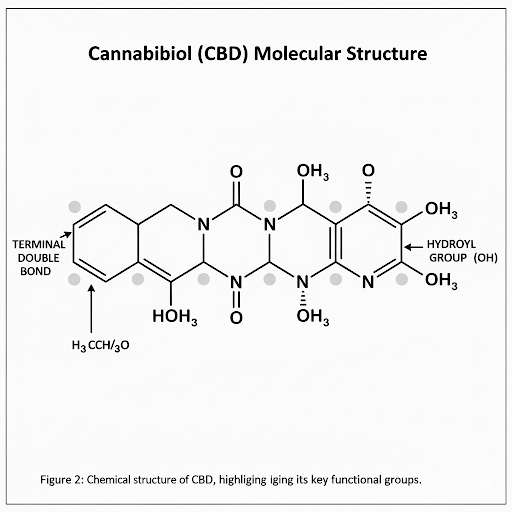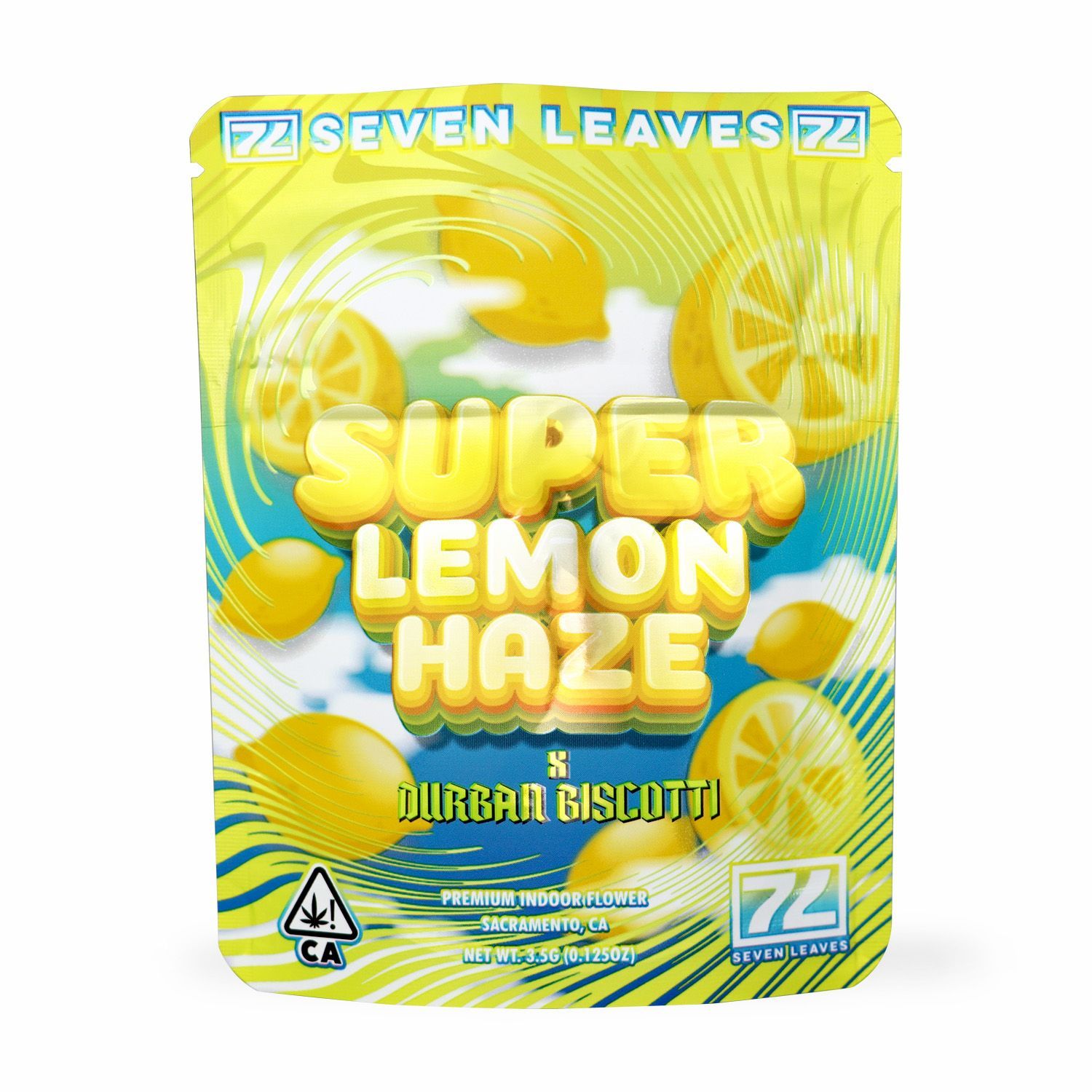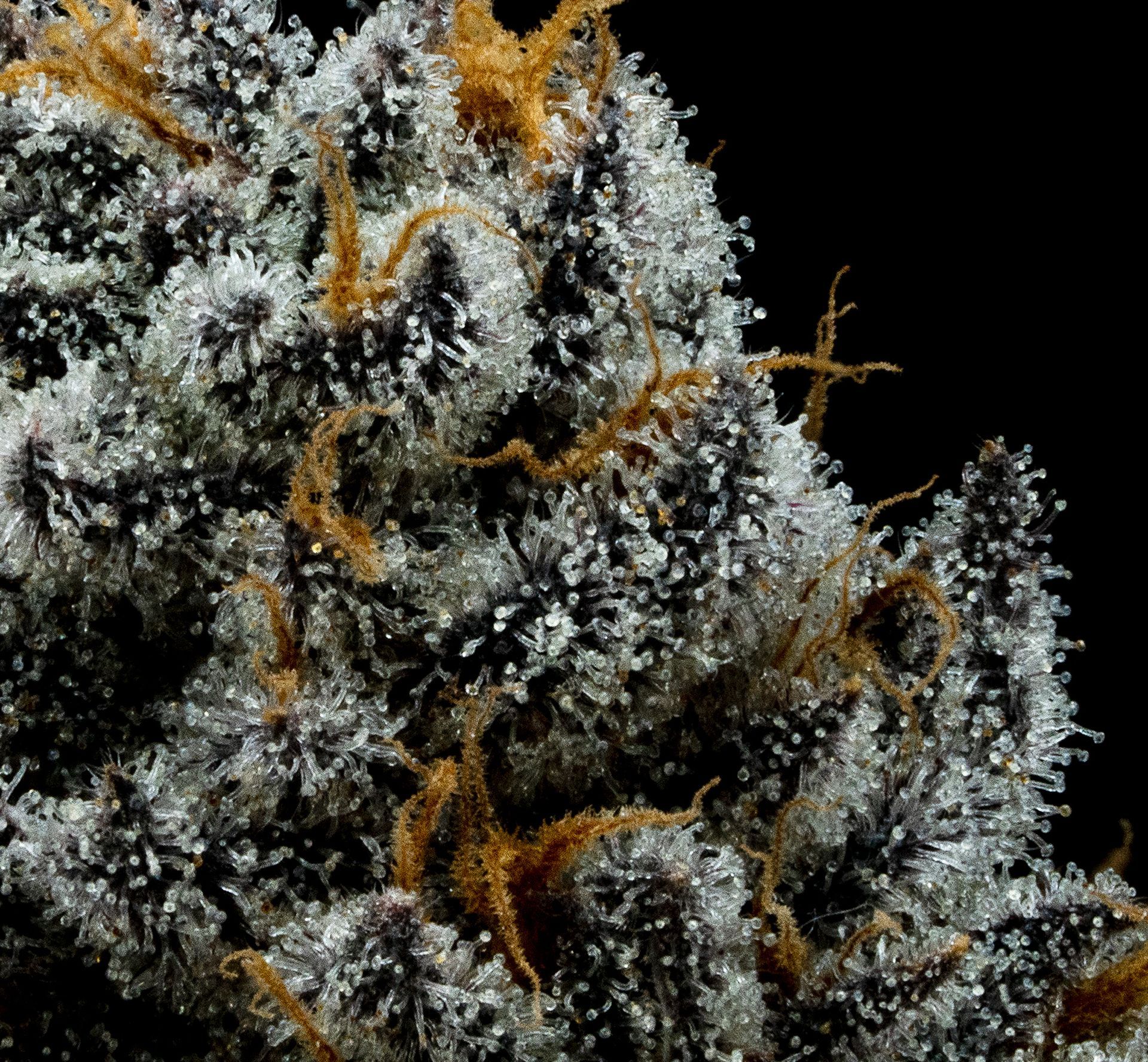Cannabis sativa, a plant with a rich history of medicinal and recreational use, owes its diverse effects to a class of compounds called cannabinoids. Among these, Δ9-tetrahydrocannabinol (THC) and cannabidiol (CBD) are the most well-known and extensively studied. While both interact with the human body's endocannabinoid system, they do so in distinct ways, leading to their unique physiological impacts.
Δ9-Tetrahydrocannabinol (THC): The Psychoactive Powerhouse
THC is the primary psychoactive compound in cannabis, responsible for the "high" associated with its consumption. Its molecular structure features a cyclic ether with an alkyl side chain, a key element in its interaction with cannabinoid receptors.
Once ingested, inhaled (via smoking or vaping), or absorbed, THC primarily binds to cannabinoid receptor type 1 (CB1 receptors) in the brain and central nervous system. This binding mimics the action of anandamide, an endocannabinoid naturally produced by the body. The activation of CB1 receptors by THC leads to a cascade of neurochemical changes, resulting in its characteristic effects:
- Euphoria and Altered Perception: THC influences areas of the brain associated with pleasure, reward, and sensory processing.
- Analgesia: It can modulate pain signals, offering relief from various types of discomfort.
- Anti-emetic Properties: THC is effective in reducing nausea and vomiting, particularly beneficial for patients undergoing chemotherapy.
- Appetite Stimulation: Commonly known as the "munchies," THC can increase appetite, which is useful for individuals with appetite loss due to medical conditions.
Muscle Relaxation: It can alleviate muscle spasms and stiffness.
Molecular Structure of THC:

Cannabidiol (CBD): The Non-Psychoactive Modulator
Molecular Structure of CBD:

In contrast to THC, CBD is non-psychoactive, meaning it does not produce the "high." Its molecular structure, while similar to THC, has a different arrangement of atoms, particularly in the absence of the cyclic ether ring found in THC.
Unlike THC, CBD has a low affinity for CB1 and CB2 receptors. Instead, it exerts its effects through a variety of other molecular pathways, acting as an allosteric modulator of CB1 receptors (meaning it can alter how other molecules bind to the receptor) and interacting with other receptor systems, such as serotonin and vanilloid receptors. This complex interaction leads to a broad spectrum of therapeutic benefits:
- Anti-inflammatory: CBD possesses potent anti-inflammatory properties, making it a subject of interest for conditions like arthritis and inflammatory bowel disease.
- Anxiolytic: It has shown promise in reducing anxiety and stress, potentially by influencing serotonin receptors.
- Anticonvulsant: CBD is recognized for its ability to reduce the frequency and severity of seizures in certain forms of epilepsy, leading to the development of FDA-approved CBD-based medications.
- Neuroprotective: Research suggests CBD may protect nerve cells from damage, which has implications for neurodegenerative diseases.
Antipsychotic: Some studies indicate that CBD may have antipsychotic effects, offering a potential therapeutic avenue for conditions like schizophrenia.
Methods of Consumption and Bioavailability
The method of cannabis consumption significantly influences the onset, intensity, and duration of the effects of both THC and CBD due to variations in bioavailability.
Smoking/Vaping: When cannabis flower or vape oil is inhaled, cannabinoids are rapidly absorbed into the bloodstream through the lungs. This leads to a quick onset of effects (within minutes) but a relatively shorter duration (2-4 hours). The high temperature involved in smoking can also lead to the production of various byproducts. Vaping, which uses lower temperatures, can mitigate some of these issues.
Ingestion: When ingested orally (e.g., edibles), cannabinoids are metabolized in the liver before entering the bloodstream. This process, known as first-pass metabolism, converts THC into 11-hydroxy-THC, a more potent and longer-lasting psychoactive metabolite. This results in a delayed onset of effects (30-90 minutes) but a significantly longer duration (6-8 hours or more) and often a more intense experience.
Conclusion
THC and CBD, though originating from the same plant, offer distinct profiles of effects due to their unique molecular structures and interactions within the human body. Understanding their individual mechanisms of action is crucial for appreciating the complex pharmacology of cannabis and its potential therapeutic applications. As research continues, the precise roles of these and other cannabinoids in human health will undoubtedly become even clearer.




